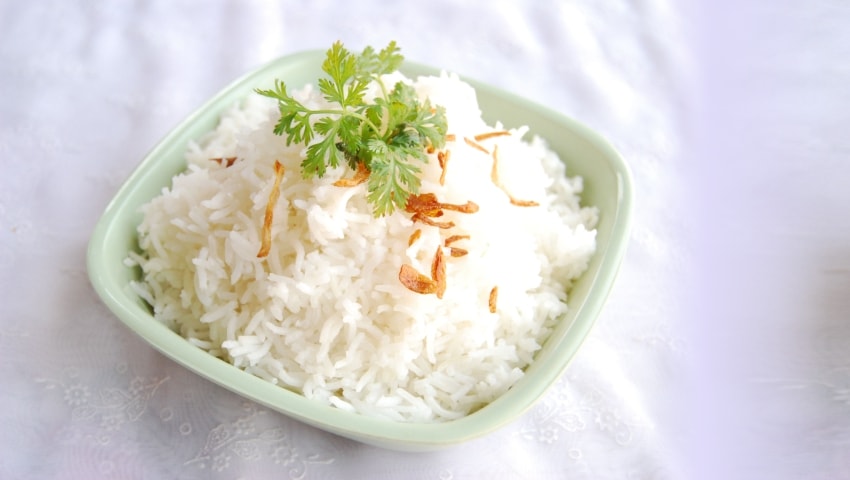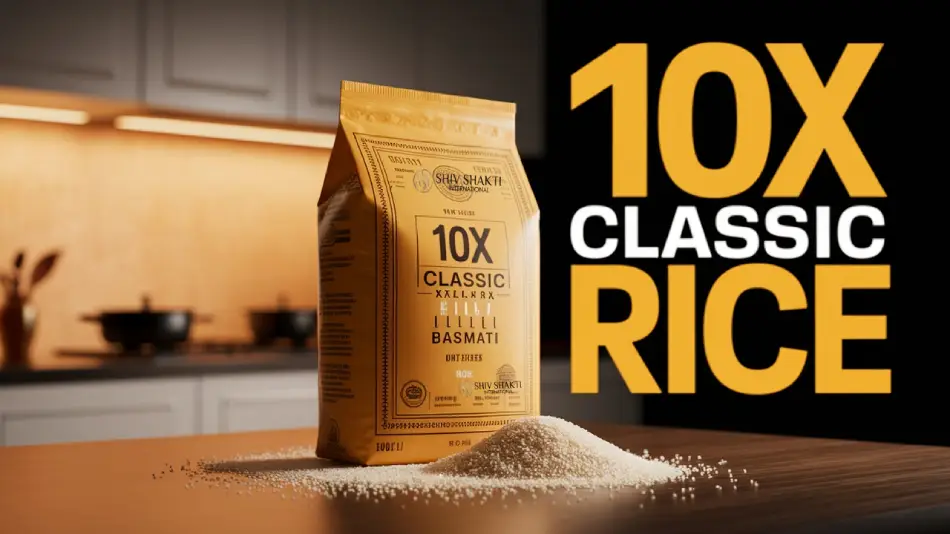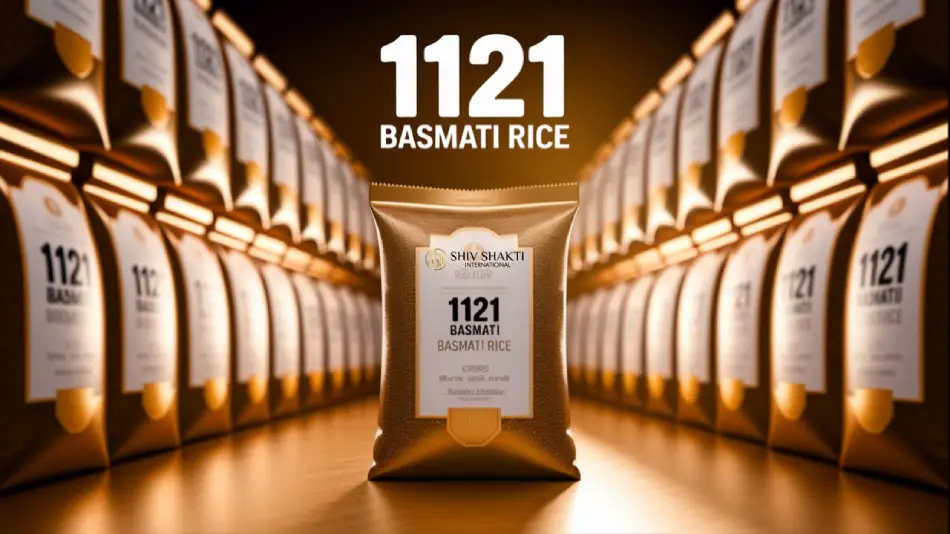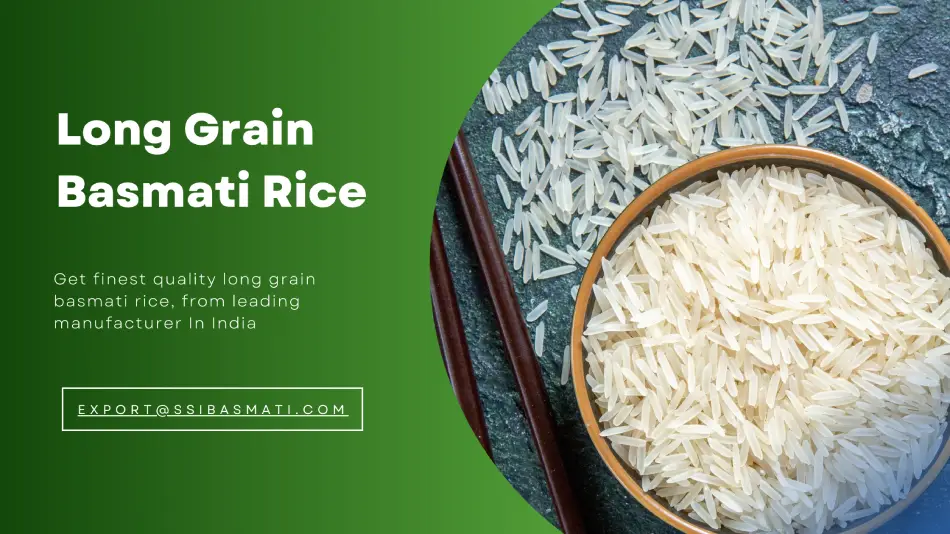
How basmati rice different from other rice grains
Basmati Rice is a variety of long-grain rice; pointy ends a nutty flavor and firm texture that found in the foothills of the Himalayas. This rice grain is popular for its aromatic and non-sticky nature. It is frequently served with curries and roasted meat. Sometimes it is served as a bowl of plain rice.
Basmati Grains: Light and Fluffy
There are various categories of rice type export by rice exporters in India, but basmati rice is one of them. As high-quality basmati rice undergoes a two-year aging process specifically to dry it as carefully as possible which concentrates its distinctive flavors and aromas.
To cook the good basmati rice there is no requirement to soak it before cooking. Since soaking the basmati rice makes the rice stickier which is the opposite of basmati rice real property, basmati rice is considered high-quality for its light, fluffy consistency, with the grains remaining separate rather than clumped together.
Rinse your rice
Rinsing rice before cooking is a good idea, as it helps to remove any debris or impurities and most importantly, it removes the surface starch which would tend to make the cooked rice stickier.
To get the best results, rinse the rice in a fine-mesh strainer under the tap until the water turns clear. It’ll certainly change your rice for the better, but if the rice is not rinsed, it becomes get gummy or clump together as it cooks.
Choose healthy cooking methods
Indeed there are ample different cooking methods for rice and other grains; still, it is important to make sure that you're using healthy cooking techniques. Although whole-grain rice comes with many health benefits it does not mean that it should add a lot of fat, sugar or sodium.
For basic cooking, boil rice in water with low sodium is the greatest and efficient technique. If you're making a rice dish, be careful of what ingredients you are going to add it. For example, instead of using fatty oil or butter in your steamed rice, sprinkle of olive oil for a heart-healthy source of fat.
Add extra nutrition to your rice
- In order to boost the overall nutrition content of your whole grain rice, the best way to serve it is with other nutrient-dense foods.
- Serve your whole grain rice with some sort of protein. These foods are naturally low in calories and fat and include protein like chicken, turkey, tofu, seafood or beans.
- Also, serve your whole grain rice with vegetables such as spinach broccoli. These types of rice recipes are also nutrient-rich, with naturally low calories and fat. However, they're also high in fiber, vitamins, and antioxidants.
How to cook steam basmati rice
Rice cookers or steamers are the best way to produce perfect rice. Before cooking, pick out discolored or dried-up grains and rinse your rice thoroughly. Drain the rice thoroughly to ensure that the water you add is the correct amount. Boil the rice on low heat and cover tightly and simmer until water is absorbed.
- Basmati rice takes 20 to 30 minutes to cook.
- Organic rice takes 45 to 55 minutes.
- Non-basmati rice takes 35 to 40 minutes, depending on how fresh it is and whether you like it soft or chewy.
For added flavor, try cooking rice, coconut milk or jasmine tea instead of plain water.
Some nutritional facts of basmati rice
- Calories – 205
- Calories from Fat – 4
- Total Fat – 0.4 g
- Sodium – 1.6 mg
- Potassium – 55 mg
- Total carbs – 45 g
- Dietary Fiber – 0.6 g
- Protein – 4.3 g
- Calcium – 19.5 mg
- Iron – 1.9 mg
- Magnesium – 72 mg
- Phosphorus – 150 mg
- Copper – 0.2 mg
- Manganese – 1.9 mg
- Selenium – 11.8 mcg
- Thiamin – 0.26 mg
- Niacin – 3.2 mg
The final verdict
Basmati rice consuming rice on a daily basis can have little to no negative health effects. This greatly depends on your overall health, and the types of foods you consume with rice at each meal. If you add some green vegetables in your rice dish it will provide great nutrition.
For the diabetic, choosing plain brown rice or brown basmati rice will likely provide a healthy option. For the quality basmati rice, you can contact to rice suppliers in India where you can rice in bulk at a reasonable cost.






